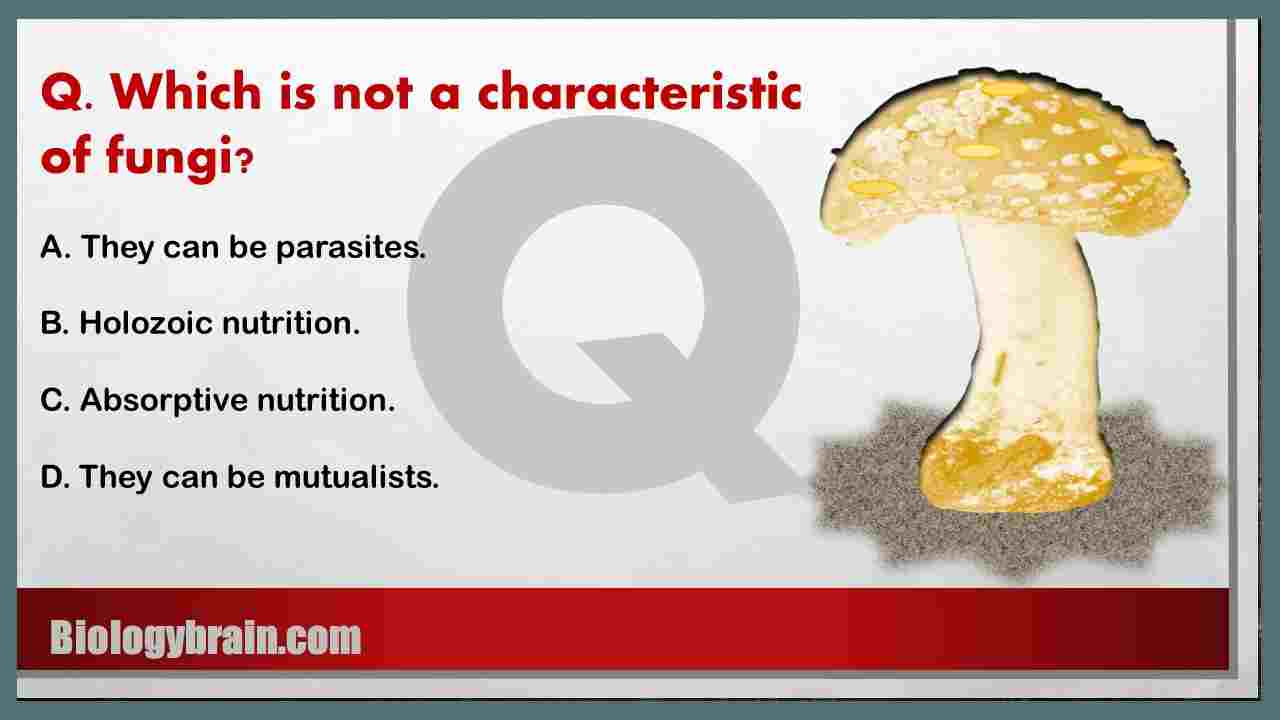Both osteoblast and osteocytes are specialized bone cells that play a central role in bone remodeling. However, they have their own specialized function in maintaining bone structure and strength.

Difference between osteoblast and osteocyte
1. Osteoblast
Osteoblasts are specialized bone cells that play a crucial role in bone formation; hence, these cells are also called “bone builder cells.”
Osteoblasts express parathyroid hormone (PTH)-receptors on their membrane during bone remodeling.
The main important roles in bone remodeling include expression and production of osteoclastogenic factors (for osteoclastogenesis), synthesis of bone matrix proteins, and mineralization of bone.
Osteoblastic cells are found in various forms, including immature osteoblast lineage cells, differentiating osteoblasts, and matrix-producing mature osteoblasts.
The various differentiation stages of osteoblasts also influence their efficient contribution to bone remodeling.
Any alterations in the production and differentiation of osteoblasts lead to the lack of functional osteoclasts in the organisms. However, a conditional reduction in mature osteoblast number is only associated with a loss of bone formation, but there is no reduction in osteoclast resorption. Thus, proliferation and differentiation of osteoblasts are very important activities to maintain bone strength and integrity.
2. Osteocytes
Osteocytes are other important bone cells derived from osteoblast cells. An osteoclast initiates and directs the subsequent bone remodeling process, thus repairing damaged or injured bone.
During bone remodeling (or formation), a sub-cellular population of osteoblasts undergoes terminal differentiation and becomes engulfed by an unmineralized bone matrix (osteoid), in which they are represented as osteoid-osteocytes.
During mineralization of the bone matrix, these cells are embedded within the matrix. These cells are called osteocytes.
Osteocytes form a complex network that extends throughout the mineralized bone. The cell body of the osteocyte contains fluid-filled cavities (ellipsoidal space) called lacunae, while the dendritic processes (branches) are embedded in tiny cylindrical channels called canaliculi. These cells are highly abundant in mineralized bone. Around 90–95% of the bone contains these cells in skeletally mature adults.
These long, dendrite-like processes spread throughout the canaliculi (tunnels) within the mineralized bone matrix. These dendrite-like processes connect with other osteocytes within the mineralized bone and nearby blood vessels and interact with osteoblast cells on the bone surface.
Osteocytes respond to mechanical strains, and this network is thought to be a crucial part of the detection of mechanical load and related bone micro-damages (microscopic cracks or fractures in the mineralized bone).
Osteocytes regulate the deposition of minerals and interactions at the bone matrix level, and they also behave as endocrine cells, producing factors that target various organs, e.g. the kidney to regulate phosphate transport during mineralization. Hence, the osteocyte seems to be a major local specialized factor for different bone functions.
In in vivo, the mechanical strain on bone tissue is a key regulatory factor that facilitates bone modeling and remodeling through the osteocyte network.
Overall, the main role of osteocytes’ signaling in skeletal metabolism is as follows:
1) senses mechanical loads on bone.
2) regulation of systemic mineralization.
3) regulation of local mineralization.
4) bone formation by osteoblasts.
5) bone resorption by osteoclasts.
References:
- Nahum Rosenberg, M.D., Orit Rosenberg, Ph.D., and Michael Soudry, M.D.. Osteoblasts in Bone Physiology—Mini Review. doi: 10.5041/RMMJ.10080.
- Joana Caetano-Lopes, Helena Canhão, João Eurico Fonseca. Osteoblasts and bone formation. PMID: 17572649
- Ahmed Nahian; Ahmed M. AlEssa. Histology, Osteocytes (https://www.ncbi.nlm.nih.gov/books/NBK558990/).
- Duncan J. Webster, Philipp Schneider, Sarah L. Dallas, and Ralph Müller. Studying osteocytes within their environment. doi: 10.1016/j.bone.2013.01.004
- Sarah L. Dallas, Matthew Prideaux, and Lynda F. Bonewald. The Osteocyte: An Endocrine Cell … and More. doi: 10.1210/er.2012-1026










